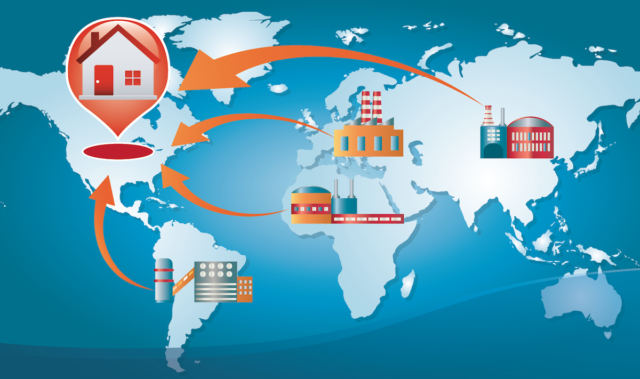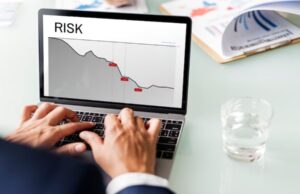Reshoring Challenges in American Footwear Manufacturing
This month, Keen, a family-owned shoe manufacturer, is set to inaugurate a new factory in Kentucky, just outside Louisville. This initiative aligns with the “America First” economic strategy that gained traction during the Trump administration and has evoked hopes of a revitalized manufacturing sector in the United States. However, Keen’s new establishment reflects a complex reality regarding modern American manufacturing.
With only 24 employees on the factory floor, the new facility leans heavily on automation, employing advanced robotics to merge soles and cut materials. This shift signifies the evolution of manufacturing into a capital-intensive and technologically advanced field, departing from the traditional labor-heavy model of the past.
The Economic Realities of U.S. Manufacturing
Hari Perumal, Keen’s Chief Operating Officer, articulates the harsh economic truths faced by the company: “The labor rates here in the US are very expensive.” He explains that labor costs at American factories can be 10 to 12 times higher compared to Asia. This stark reality pushed Keen to begin domestic production over a decade ago when rising costs in China prompted the need for a strategic shift.
This move to local production has indeed provided a buffer against tariffs introduced under the current administration. Yet, the transition has not been seamless. The majority of shoe production remains concentrated in Asia, where craftsmanship and cheaper labor continue to dominate the industry. As a result, Keen’s Kentucky plant currently assembles only about 9% of its total shoe output domestically, highlighting the complexities of reshoring manufacturing.
The Struggle for a Self-Sustained Footwear Supply Chain
The journey toward reshoring is indicative of broader challenges faced by various brands, including giants like Nike, Adidas, and Under Armour, which have made previous attempts to adapt manufacturing technologies in the United States, often with limited success. The story of American shoemaking reflects a dramatic decline following the post-World War II economic boom, stemming from increased globalization that prompted many industries to relocate in search of lower labor costs and fewer regulations.
Today, approximately 99% of shoes sold in the United States are imported from countries such as China, Vietnam, and Indonesia. The domestic footwear supply chain is virtually non-existent, with only about 1% of shoes made within the U.S. borders.
| Aspect | Keen | Industry Average |
|---|---|---|
| Labor Cost Multiplier | 10-12 times higher | N/A |
| Percentage of Shoes Assembled in the U.S. | 9% | 1% |
| Imported Shoes in U.S. Market | N/A | 99% |
The Path Ahead for American Manufacturing
For leaders like Pepper Harward, CEO of Oka Brands—another company dedicated to U.S. shoe production—the challenges are abundantly clear. Based in Georgia, Harward’s factory produces footwear for established brands but struggles with sourcing affordable materials in the domestic market. He states, “It’s not a self-sustained ecosystem… You kind of have to build your own.”
Manufacturers increasingly rely on creative solutions, including tapping into the automotive supply chain for necessary materials. Keen and other companies recognize that while the desire to produce domestically is surging—particularly due to recent tariff implications and supply chain disruptions from the pandemic—this transformation entails significant challenges.
Ultimately, the success of reshoring in the footwear sector may depend more on sustained investment and transformative strategies than solely on tariff mechanisms. While there is a growing interest in local manufacturing, it may take a concerted effort exceeding a decade of protective policies for a substantial shift to take root.
As Keen embarks on this new chapter, it exemplifies a shift towards a future where tradition and technology coalesce, albeit with the understanding that the road to reshaping American manufacturing is far from straightforward.














